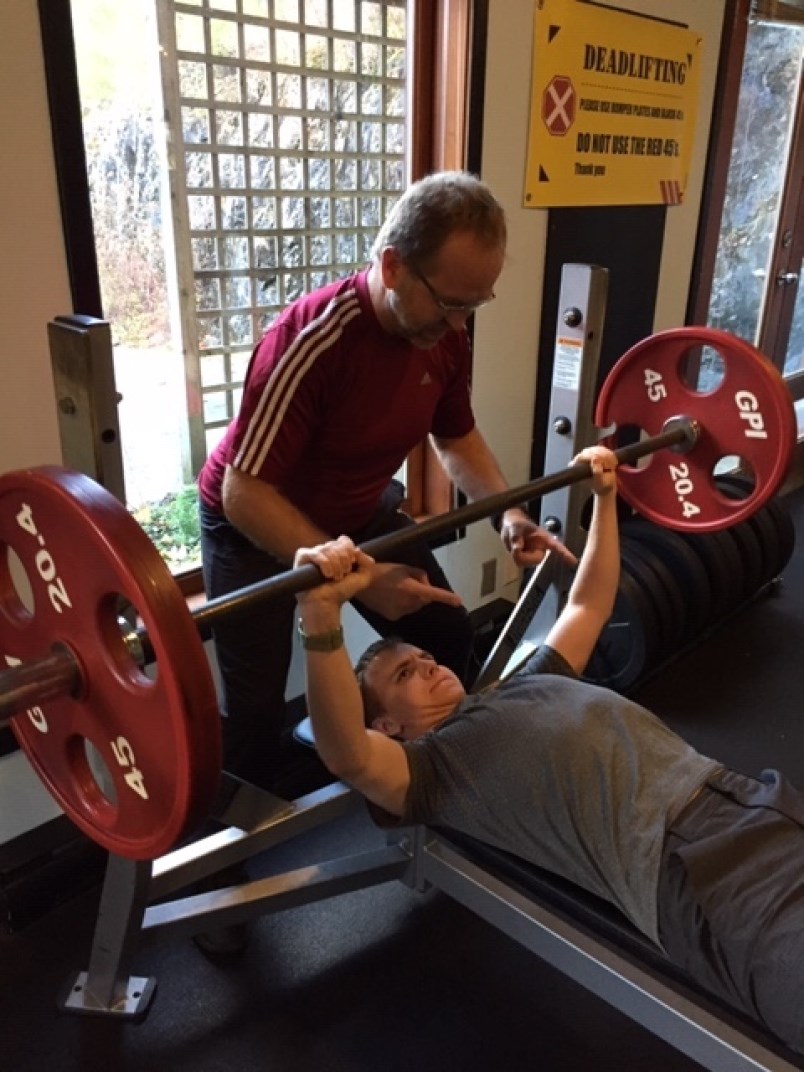It was a proud day for me as a father last week as I spotted my son on the bench press at the gym, for the first time he was able to bench press with the 45 lb plates.
I sort of remembered doing the same at his age of 17 years. It is, for most adolescent boys and young adults, a major milestone. Finally they can put on those big plates like the adults. I followed my son and squeezed out 10 reps, but wow, was that difficult.
I sure felt it the next day, not the same feeling I had when I was in my 30s. Unlike my son, my strength is slowly changing but not in the direction it had been moving since my teens. Pushing that weight is getting tougher.
It can be a tough transition for many men reaching midlife. Being strong is such a big part of being a “man,” starting to see ones strength go down is difficult, many desperately want to hold onto what we had in our younger years.
Often it leads to poor lifting techniques, or worse, injury. We all realize that our bodies change as we age and that an 80 year old is not going to be able to move as much weight as a 25 year old.
We know that as we age our muscle mass decreases by about 10 per cent per decade after 40. This change in muscle also happens to our organ tissues, this is partly why our maximum heartrate decreases by about one beat for every year we get older.
Ignoring this reality will not change the process, we are better off accepting it and setting up realistic training routines to challenge our bodies but not push beyond them.




